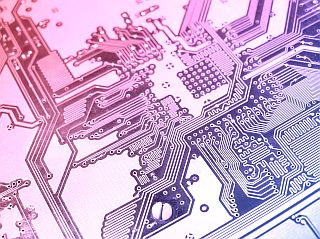What is thermoelectric cooling, which removes heat from an object by passing an electric current between a semiconductor and a metal?

Thermoelectric cooling, a technology that uses the phenomenon that heat is transferred to one side when an electric current is passed through the junction of different semiconductors and metals, is sometimes used to cool CPUs and in medical and military equipment. Physicist Alfred Piggott explained about thermoelectric cooling.
How Thermoelectric Cooling Works [2024] - Applied Thermoelectric Solutions LLC
https://thermoelectricsolutions.com/how-thermoelectric-cooling-works/
Thermoelectric cooling uses p-type and n-type semiconductors and two metals. p stands for positive and n for negative, and so the name comes from the fact that they have positive and negative charges, respectively.
Both semiconductors (N and P) are sandwiched between two metals (ceramic plates), and an electric current is passed through the junction between the metal and the semiconductor. This results in a flow of electrons, which in one metal cools as the electrons absorb energy, while in the other metal they release energy and heat up. Reversing the polarity of the thermoelectric cooling module swaps the hot and cold sides.

Additionally, the speed at which heat moves from one side to the other is proportional to the number of p-type and n-type semiconductors and the flow rate of current supplied.
Thermoelectric cooling is based on the Peltier effect, discovered by Jean-Charles Peltier, who used metals instead of semiconductors, but today semiconductors are used to improve the efficiency of thermoelectric cooling and power generation.

The semiconductor material commonly used is bismuth telluride, with selenium and antimony added for n-type and p-type, respectively.
Thermoelectric cooling is popular in the aerospace and military industries because it has no moving parts to wear out, can be mounted in any orientation, can operate in zero gravity and under high acceleration, does not emit greenhouse gases, can both cool and heat in one, is compact in size, is almost completely silent and vibration-free, and temperature can be precisely controlled.

On the other hand, there are also drawbacks, such as extremely low efficiency depending on the design and high electricity costs in some cases.
Piggott says that a thermoelectric cooling module could be made entirely of p-type semiconductors, or all n-type, but that design would require too many semiconductors and too much current in a single module, making it less practical.
Products that use thermoelectric cooling include medical lasers, portable insulin refrigerators, cooled seats and battery thermal management systems in automobiles, military thermal sensors and infrared detectors, and portable consumer coolers.

by Applied Thermoelectric Solutions LLC, “How Thermoelectric Cooling Works”
Related Posts:
in Science, Posted by log1p_kr







